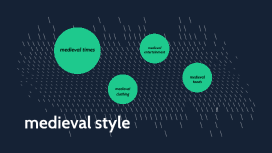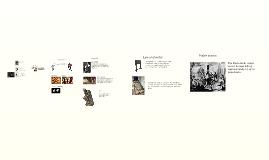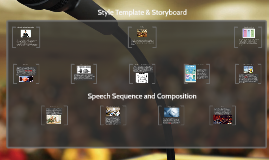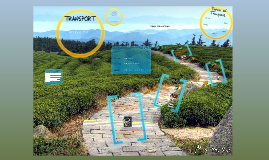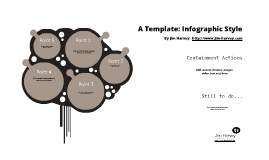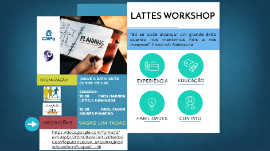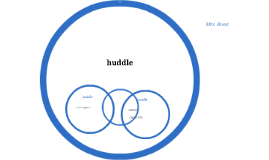medieval style
Transcript: ! medieval style medeivalness medieval times my prezi slide show will be about the medieval life, the main topics i will be focusing on are how the people entertained themselfs back when technology wasnt a thing, another topic is on their clothing styles as you probably know they dressesd way diffrent and for sure had amazing style.they did not where the same thing sas we do today, my last topic will be on what they ate like compare what we eat today to what thye ate then it could be diffrent or some of what they ate could be similar to now. medieval clothing medieval clothing examples of clothing here are some examples of what the people would have worn everything back then was different from what we wear now examples of the clothing men's clothing womans's clothing who wore what? and was it comfortable who wore what, was it cofortable? the clothing the people in the medieval times wore varied depending on their statace on the social hieracry, the clothes from people higher up on the social hiercahy probably wasnt very comfortable they were trying to look expenisze and look good so peasents know who they are. and the clothes the peasents wore were probably not comfortable at all as the mideival ages says "Peasant men wore stockings or tunics, while women wore long gowns with sleeveless tunics and wimples to cover their hair. Sheepskin cloaks and woolen hats and mittens were worn in winter for protection from the cold and rain. Leather boots were covered with wooden patens to keep the feet dry." they had to stay warm all season round. medieval entertainment medieval entertainment Text Text as you probably know the medieval games and entertainmet was very diffrent fron what our games our now as medieval entertainment says These included archery, jousting, hammer-throwing, and wrestling. In some areas they played early versions of football (soccer), cricket, bowling, or golf. Monks often sung in Medieval churches. They would chant in a single key without any instruments. they had a very diffrent way of entertaining them selves Picture Picture medieval foods medieval foods medieval food did not come in pre packaged plastic bags and you probably did not get food from a store like now we get our food from stores prepackaged and cold, as a history of shops says In the Middle Ages, there were few permanent shops but every town had a market. Often if you wanted to buy or sell anything you went to the local market. Many towns also had annual fairs , as you can see they barley had any stores they had markets where farmers and other people could sell their goods. what did they eat? what did they eat? the medivals diet contained of many vegetables as medieval cuisine says While grains were the primary constituent of most meals, vegetables such as cabbage, chard, onions, garlic and carrots were common foodstuffs. Many of these were eaten daily by peasants and workers and were less prestigious than meat. as you can see only they only ate meats and more fancier foods on rare occasions or because of fancy dinners with fancy people. who ate what? who ate what the medieval people ate many difffrent things as the medieval diet says Peasants tended to keep cows, so their diets consisted largely of dairy produce such as buttermilk, cheese, or curds and whey. Rich and poor alike ate a dish called pottage, a thick soup containing meat, vegetables, or bran. they ate depending on how high they were on the hiearchy, the mor epower you had the better you would eat extra pictures extra pictures






